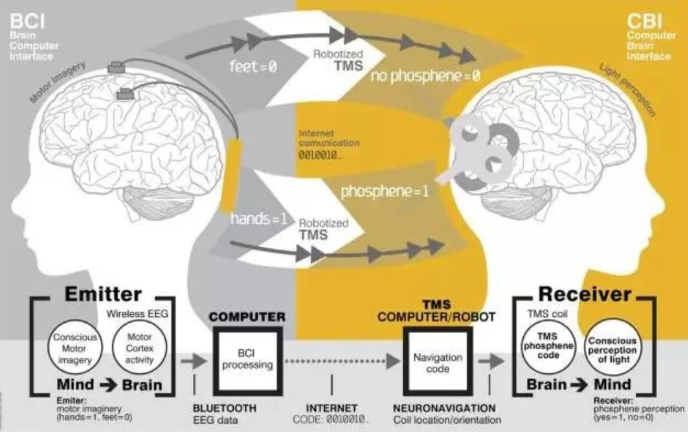
In this contemporary society, scientists and engineers have been striving to apply advanced technologies to improve the quality of human life. Of the available technologies, brain–computer interface (BCI) has gained ___1___ (consider) attention in the medical field for its ability to restore mobility and physical strength of people with missing or damaged body parts. Researchers provide experimental results demonstrating that BCI can restore the capabilities of physically challenged people, hence ___2___ (improve) the quality of their lives. This advantage gives such people an enabling experience to interact ___3___ the external environment and accomplish different activities without dependence on healthy people. BCI has revolutionized and ___4___ (positive) impacted several industries, including entertainment and gaming, automation and control, education, neuromarketing, and neuroergonomics.
The BCI field is moving fast with a number of promising outcomes ___5___ can significantly improve human lives. Researchers require regular ___6___ (update) to address challenges blocking further advancement of the technology. More importantly, given the nature of brain–computer interface involving different fields, scientists and engineers should work together ___7___ (develop) new and advanced BCI applications.
The BCI technology, despite its broad applications, poses threats to humans that need to ___8___ (address). As we strive to make the technology friendly and useful, researchers should develop BCI applications that resonate (产生共鸣) with the standard principles of humanity. In essence, a better technology should enhance our lives while considering human factors, including ___9___ (convenient), ease-of-use, privacy, security, and safety. ___10___ adopting the BCI technology for use by the community, researchers and practitioners are obliged to engage users and ensure that the technology has passed predefined quality standards.
奇速英语 原创编写 版权所有 侵权必究! 每日更新 个性化阅读 英语飙升!





 更多优质学习内容
更多优质学习内容



